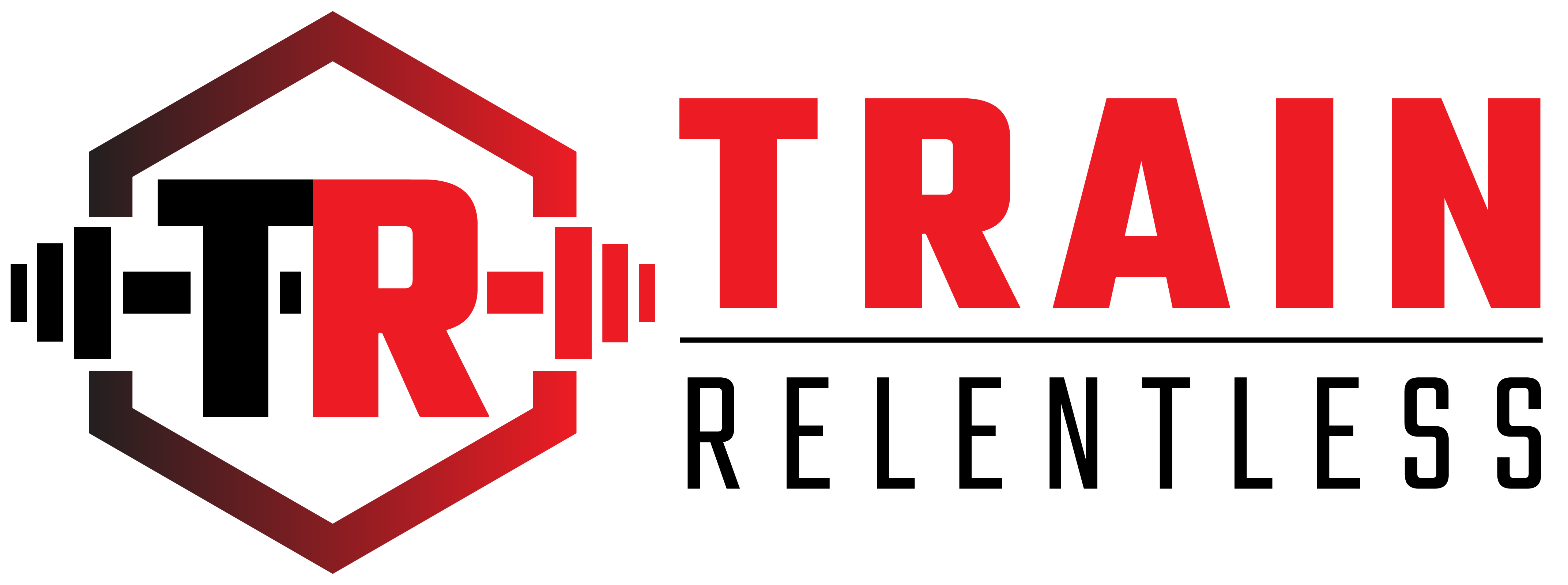When we talk health, there are a couple of main factors that affect it – Food, hydration, sleep, rest, and activity.
For the most part, we take these for granted when we start deliberate practice, but the truth is that all of those rotate around one often ignored axis.
That is, the backbone (pun intended) of your physical and emotional wellbeing – The spine!
When the spine and our posture are perfectly straight, the body looks just right, we get even weight distribution among our lower limbs, and really, physical activity can be well-enjoyed.
The Modern Hunchback
Unfortunately, our sedentary lifestyle nowadays has led to the predominant absence of the above-mentioned good posture.
Usually, in the past, this would happen to elderly people, as their supporting muscles would get weaker due to inactivity.
Unfortunately, nowadays, posture problems are more and more common in kids and teenagers.
Most people would think this is just an aesthetic problem, but the truth is that a hunched back may lead to a variety of problems.
Such can be neurological disruptions, muscle and joint pains, and a variety of blockages that simply don’t allow you to move as well as you used to.
As we mentioned, this is primarily caused by our modern-day, sedentary lifestyle, which leads to hunching and, overall, incorrect motor functions.
As a result, the supporting musculature gets weaker, and we assume a new, unnatural body posture that leads to even more disruptions in the skeletomuscular system.
Types Of Deformity
Generally speaking, there are a variety of spine deformities caused by improper posture habits and poor motor function.
Those are – Lordosis, Scoliosis & Kyphosis, so let’s have a look at each one briefly.
#1 Lordosis
Lordosis is a spinal deformity that mainly manifests in the lower back, whereas the vertebrae are bent towards the belly.
People with lordosis experience lower back pain and general discomfort when assuming a correct body posture.
Visually, individuals that have lordosis experience a ‘belly pop.’
#2 Scoliosis
Secondly, we have scoliosis, which is a spinal deformity characterized by a lateral bend of the spine.
This is generally the most serious deformity out of all 3, as it leads to additional deformities.
The latter happens because well the body is trying to stabilize due to the initial deformity.
Unfortunately, scoliosis manifests in a variety of symptoms, such as limb pain, chest pains, and in more serious cases, breathing problems.
#3 Kyphosis
Lastly, we have kyphosis, which is a spinal deformity characterized by an unnatural upper-spine bend.
This leads to the so-called ‘hunched back’ and is, in fact, the most common spinal deformity amongst all three.
Generally, sedentary individuals are way more likely to experience this type of spinal deformity.
Just Move
The modern-day hunchback syndrome is caused by a massive lack of movement!
Think about it – Most of us work in front of a monitor in a seated position, and when work time is over, all we want to do is chill, really.
It is rare that people use their muscles consistently, through time.
And THIS is what the spine needs the most!
We are not necessarily trying to tell you to go to the gym, but instead, find YOUR way to move.
And think of all the ways in which the body can move, then exercise those functions!
You can run, sprint, climb, swim, dive, and much more.
If you do it, your spine and your entire body will be happy and healthy!
Here are our favorite activities that improve spine health and conditioning:
- Swimming
- Spine-oriented yoga
- Climbing
- Running (inevitably gets you in a proper posture)
Note that if you are experiencing serious pain in your back area, you should avoid any exercising until you get clearance and guidelines from a medical professional!
Final Thoughts
The spine is an important part of the human body, and we should make sure it’s healthy.
There are many ways to take care of our spines, such as general exercise, chiropractic treatments, and spine-oriented yoga.
Are you taking good care of your spine? If not, then I hope this article was enlightening!
Good luck in keeping that neck straight out into the world!
